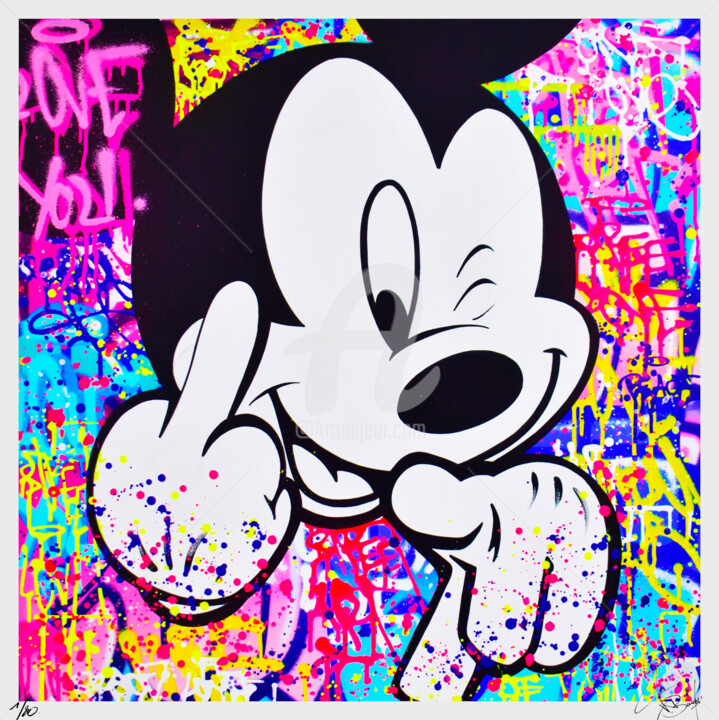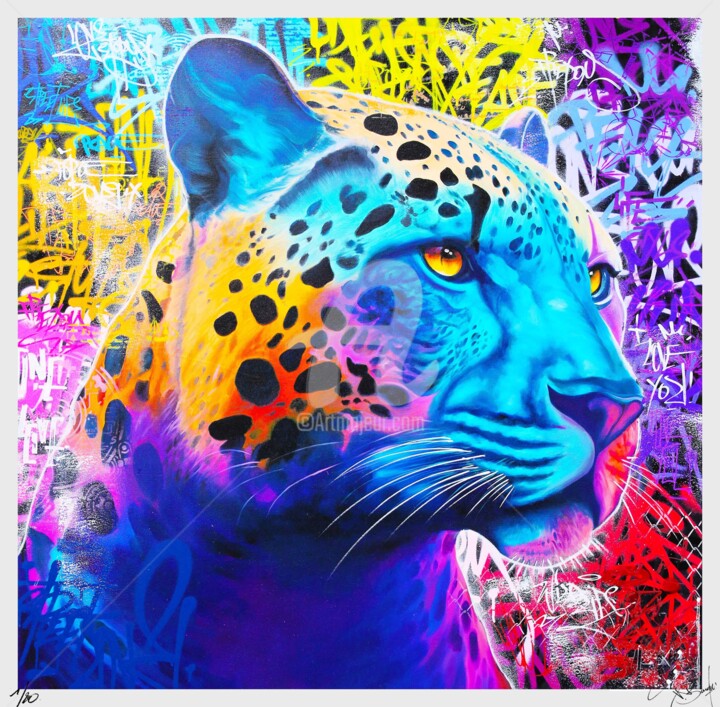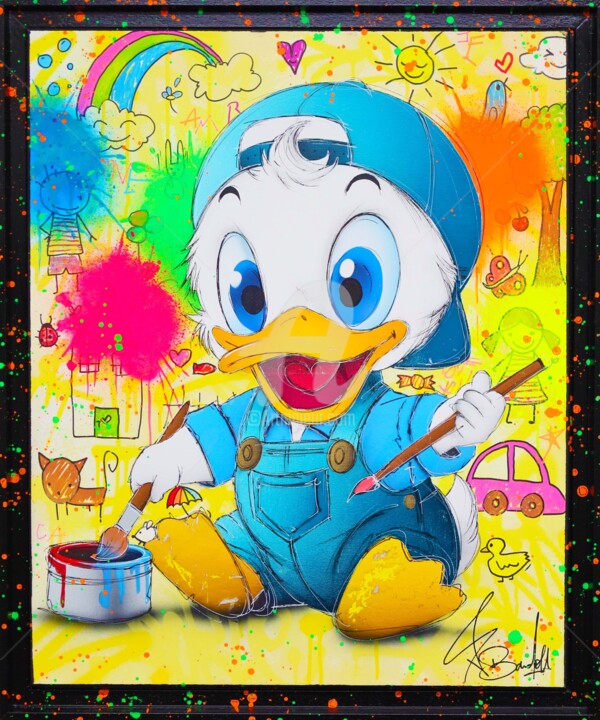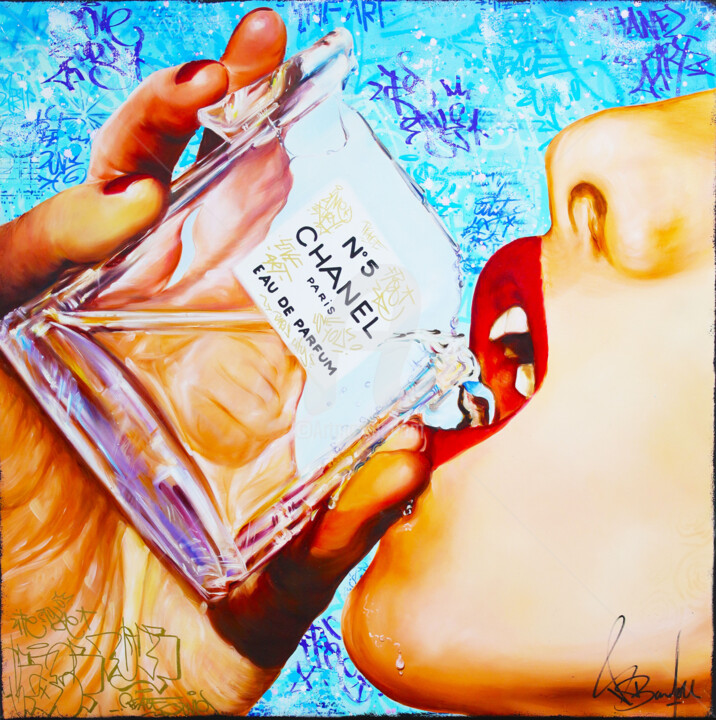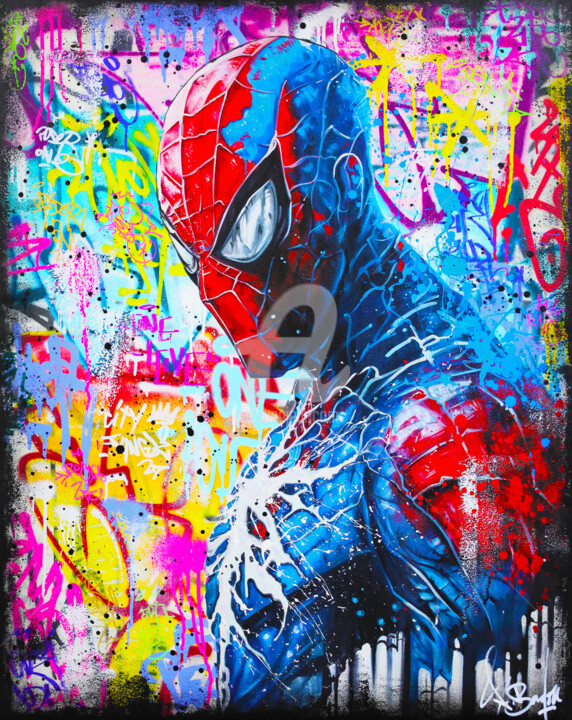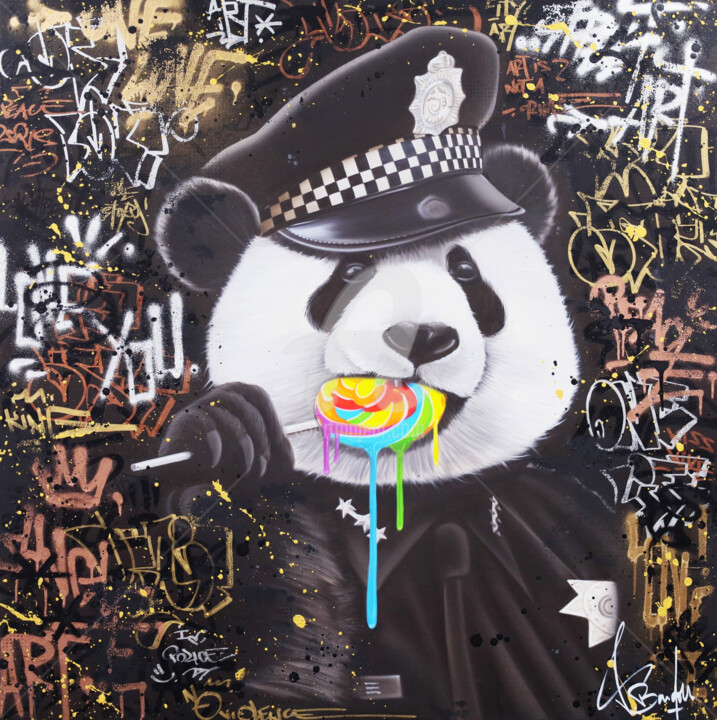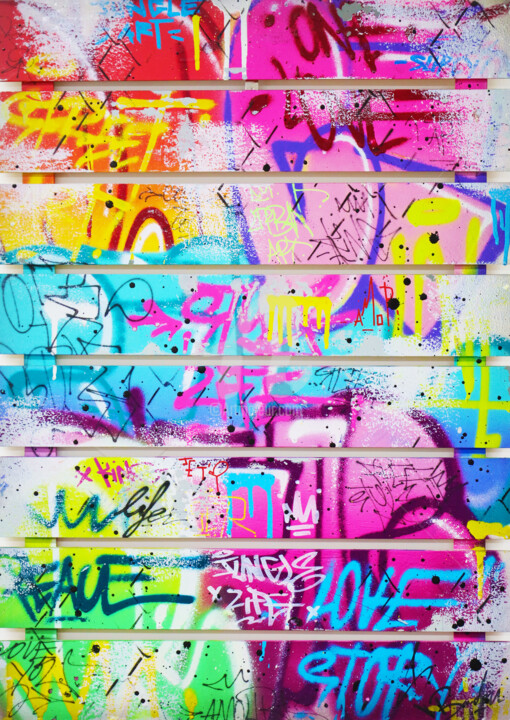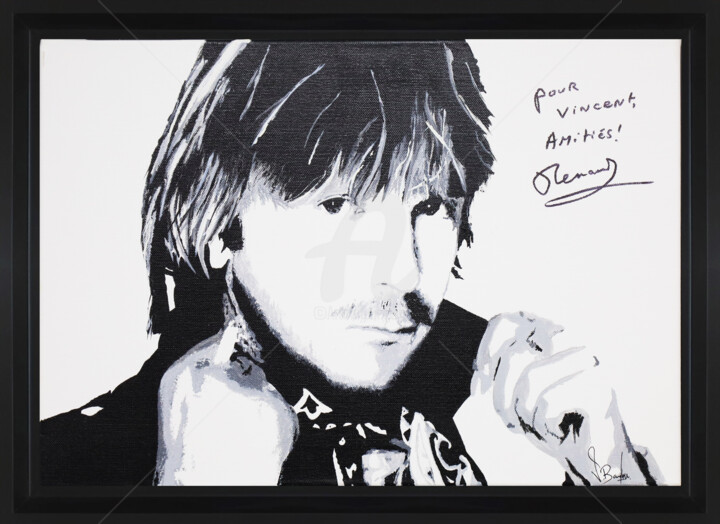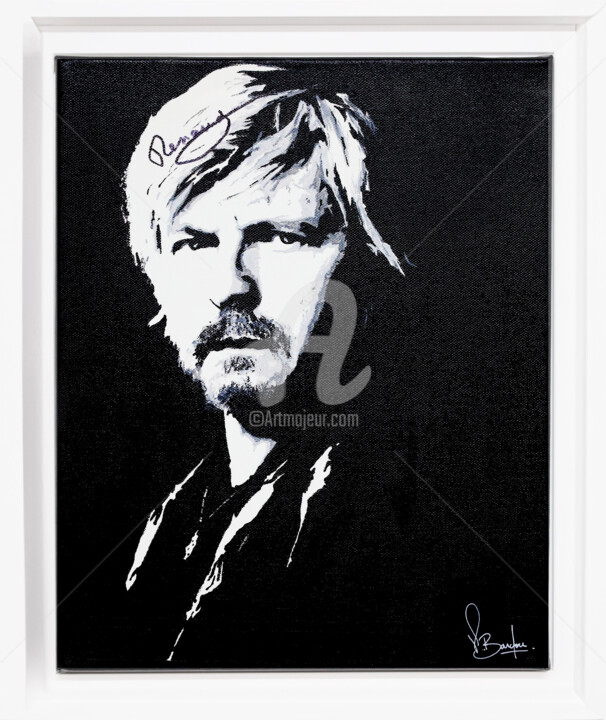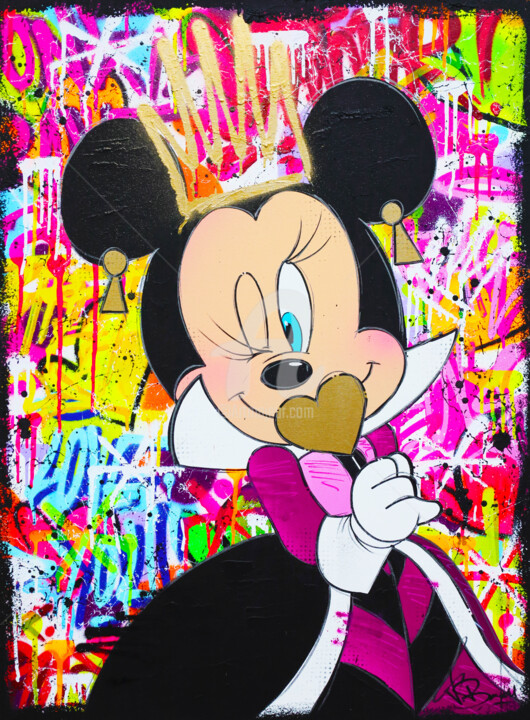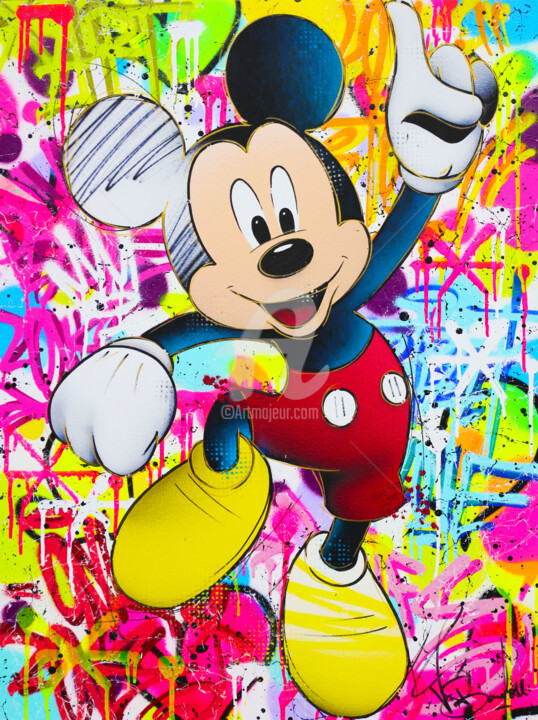Sixty years after its launch, pop art, one of the main cultural movements of the twentieth century, has gone through time and societal evolutions, well above all the trends. Fed and likened to the popular culture, it transformed radically the whole artistic chain.
Popular art or pop art asserted itself by taking the opposite stance to the abstract expressionism (action painting by Jackson Pollock, colorful painting by Mark Rothko ...), too academic, too technical and too esoteric.
The themes were inspired by popular culture, its images, its advertising or drawing techniques. The ordinary consumption goods, treated with a touch of irony, conveying their forceful images to the public. The reproduction, duplication, superposition, combination of the popular iconography, enhanced with pure and vivid colors or geometric shapes were supposed to reflect the chaos produced by television, media, advertising, fashion, pop music, ...
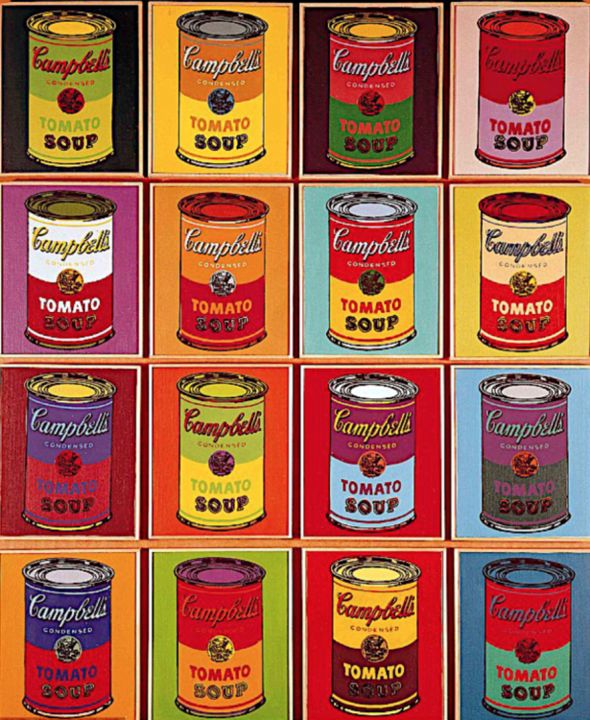
Free from all conventions, pop art will revolutionize art. From the design of it, to its production, even by the way it is promoted.
• The idea, the powerful expression (style) of the work will be considered more important than the work itself. Its production, often using materials of industrial origin (acrylic, screen printing ...) will not require a lot of technicality. The workshop will become a factory, so dear to Andy Warhol.
• Reproduction and mass production will upset the traditional uniqueness of the work.
• The generally black-colored line contrasting with the clear line of the advertising or comic strip, is embellished with colors with no gradient effects that attract the eye and give more impact to the image.
• The use of symbols and popular images will desecrate the work of art.
• Happenings and environments will play an important role in the promotion and sale of this "ready to eat" art form.
Art in search of simplicity and efficiency, trying to make big impression thanks to its techniques and popular inspirations. Pop art has in turn enriched and stylized popular imagery.
It will strongly influence the generations of artists: from conceptual art, to graffiti artists or urban artists such as Basquiat or Keith Harring, the neo-pop (Morimura And the kitsch artist Jeff Koons) to vintage, graphic design and web design ...
Turning out to be particularly accurate in a digital world where the image, the immediate, the short-lived, the simple and clear, the hard-hitting prevail, its by-products became simple objects of consumption bought instinctively…How ironic! Pop art has literally melted into popular culture.
If its technical and esthetic qualities are debatable with regards to the realizations of great masters such as Velazquez, Monet or Picasso, its artists always reach millions in auctions. Its stylistic innovations used in numerous creative domains (advertising, design) are still powerful. Part of the collective cultural imagination, its visionary and opportunistic artistic approach is undoubtedly ranking first in the history of art and the culture.


 Nicolas Sarazin
Nicolas Sarazin

